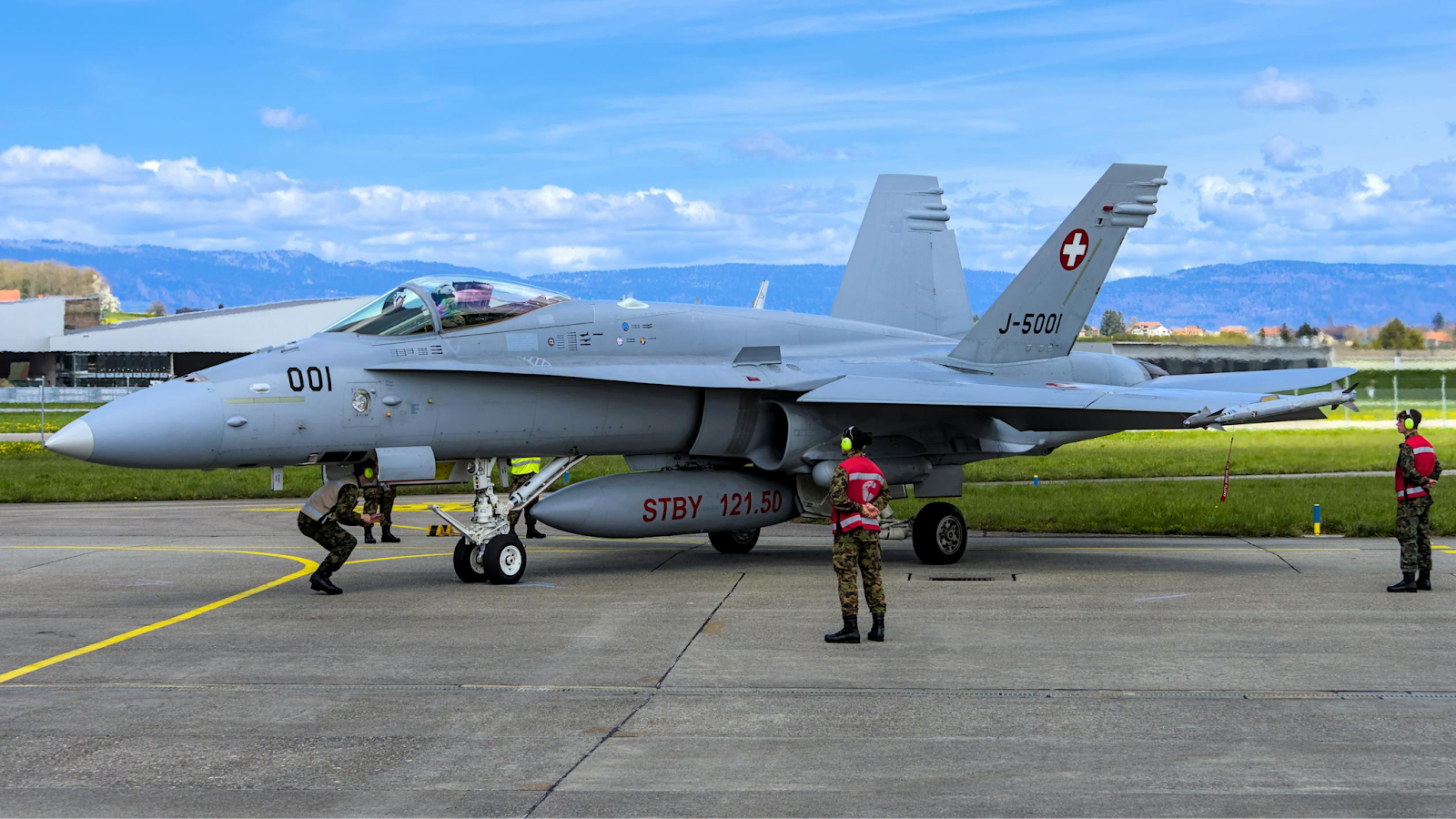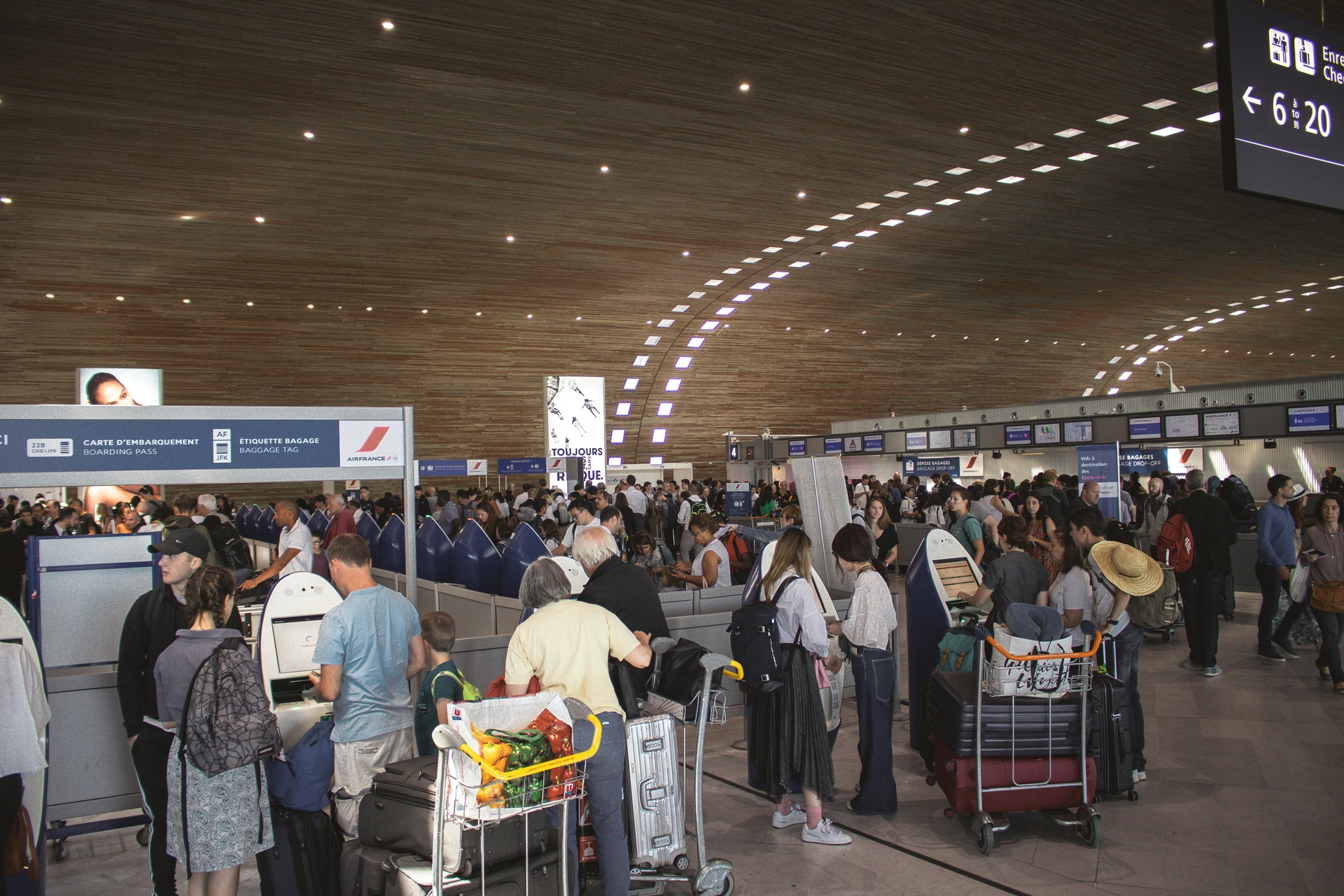
AeroGenie — Your Intelligent Copilot.
How Demand Forecasting Can Help Optimize Aviation Part Pricing
March 05, 2025
Discover how demand forecasting with ePlaneAI transforms aviation procurement. Optimize pricing, anticipate demand, and avoid costly stockouts.
Aviation procurement is one of the most complex processes in supply chain management, especially when it comes to pricing parts. A small misstep in demand estimation can lead to overstocking or stockouts, triggering major financial blowback.
Demand forecasting, powered by advanced solutions like ePlaneAI, is changing the game. Leveraging AI technology, aviation companies can predict demand and set prices more effectively. This enables companies to proactively anticipate market needs, optimize inventory, and improve supplier relationships.
This article explores how demand forecasting transforms aviation procurement, highlighting tools like Inventory AI and Parts Analyzer AI from ePlaneAI that offer actionable insights to help teams make smarter decisions.
What is demand forecasting?
Demand forecasting is the process of predicting future customer demand for products or services. In aviation procurement, the process involves analyzing historical sales data, global supply chain trends, and other external factors to estimate future MRO demand for specific parts or components.
Accurate demand forecasting ensures companies have the right parts in the right quantities, at the right time and location, and at the right price. This helps procurement teams:
- Avoid overstocking, which ties up capital and leads to obsolete inventory.
- Prevent stockouts, which can disrupt operations and lead to costly AoG (Aircraft on Ground) scenarios.
- Reduce procurement costs by anticipating demand shifts and locking in favorable prices.
Understanding aviation growth trends and their impact on part pricing
The aviation industry is poised for substantial growth in the coming decades, driven by increasing passenger demand and expanding global fleets.
According to the FAA Aerospace Forecast for Fiscal Years 2024–2044, system revenue passenger miles (RPMs) are expected to grow at an average annual rate of 2.7%, reflecting the steady rise in air travel (FAA Aerospace Forecast).
This growth places additional pressure on procurement teams to accurately predict demand for aviation parts. With more planes in the skies and higher utilization rates, consumable parts like tires, brakes, and filters will see increased demand, especially during peak travel seasons.
AI demand forecasting solutions like Inventory AI and Parts Analyzer AI can help aviation companies anticipate and meet this demand efficiently, minimizing the extra costs associated with shortages or overstocking.
The rise of turbine aircraft and its implications for procurement
The FAA predicts a 9% increase in the active general aviation fleet by 2044, driven largely by the growth of turbine aircraft. Turbine aircraft require specific, high-value components that are both costly and time-sensitive to procure, according to the FAA Aerospace Forecast.
Sophisticated demand forecasting solutions like Parts Analyzer AI are invaluable for managing the complex procurement needs of turbine aircraft. These tools enable procurement teams to secure parts at the best prices—while ensuring availability when it matters most—-by identifying pricing trends and demand patterns across vast global markets,
Challenges in aviation part pricing
Aviation part pricing is notoriously tricky due to several factors:
- Global supply chain disruptions: Fluctuations in raw material availability, geopolitical events, or unexpected market shifts can drastically impact pricing.
- Seasonal demand variability: Demand for certain parts may spike during peak travel seasons or drop during slower periods.
- AOG urgency: Procurement teams often pay premium prices for parts needed in AOG scenarios or to meet other time-sensitive demands.
- Regulatory constraints: Parts must comply with stringent FAA, EASA, and other regional-specific standards, adding further complexity to sourcing and pricing.
These challenges are compounded by the rapid expansion of the global aviation fleet, with passenger demand and general aviation activity expected to rise significantly through 2044, according to FAA forecasts.
Without accurate demand forecasting, aviation companies are forced to rely on past data and reactive strategies, often leading to higher costs and inefficiencies.
Seasonal variability and its effect on aviation part demand
Seasonal demand variability remains one of the biggest challenges for aviation procurement teams. During peak travel periods, such as the summer months and holiday intervals, the FAA forecasts spikes in flight activity that substantially increase the need for routine maintenance and consumable parts.
How ePlaneAI solutions enhance demand forecasting
ePlaneAI’s suite of AI-driven tools takes the guesswork out of demand forecasting. When teams leverage advanced analytics, real-time data, and machine learning together, these tools empower procurement teams to make data-driven decisions with precision and confidence—and at a speed competitors can’t touch.
Inventory AI
This tool provides real-time insights into inventory levels and demand trends. Procurement teams can use Inventory AI to:
- Predict demand for specific parts based on historical data, seasonal trends, and external market factors.
- Adjust procurement strategies dynamically to avoid overstocking or stockouts.
- Synchronize inventory levels with real-time demand forecasts, ensuring optimal pricing and availability.
For example, Inventory AI can flag when demand for certain parts is likely to spike due to supplier challenges, geopolitical events, or increased air travel, allowing teams to secure bulk discounts before prices rise.
ePlaneAI’s InventoryAI can analyze historical data and seasonal trends to help procurement teams prepare for demand surges.
By forecasting peak busy periods well in advance, companies can lock in favorable pricing and avoid costly last-minute purchases. This proactive approach reduces the financial and operational strain associated with seasonal variability.
Parts Analyzer AI
Parts Analyzer AI offers a macro-level view of global supply and demand trends. This solution enables aviation companies to:
- Identify pricing patterns and demand shifts across different markets.
- Compare supplier pricing, parts quality, and on-time performance to secure the best deals.
- Optimize procurement strategies for high-value or high-demand parts.
With Parts Analyzer AI, teams can forecast future price fluctuations and lock in favorable terms, avoiding price hikes during peak demand periods.
Fuel price fluctuations and their indirect impact on procurement
The FAA forecasts that the cost of crude oil will rise to $107 per barrel by 2044, reflecting increasing global demand and extraction costs (FAA Aerospace Forecast Fiscal Years 2024-2004). Rising fuel prices can increase transportation and logistics costs, which often trickle down to the pricing of aviation parts.
Demand forecasting tools like Inventory AI and Parts Analyzer AI can help aviation companies plan for these fluctuations. These tools enable more accurate cost forecasting and smarter procurement decisions by incorporating external economic factors like fuel price trends into their models.
How to get started with ePlaneAI’s demand forecasting tools
Implementing demand forecasting solutions may seem daunting, but ePlaneAI simplifies the process with tailored support and seamless integration. Here’s how to get started:
- Assess your procurement challenges: Evaluate your current workflows and identify pain points such as stockouts, overstocking, or high procurement costs. ePlaneAI’s consulting services can help you map out areas where demand forecasting can drive the most impact.
- Integrate Inventory AI and Parts Analyzer AI: ePlaneAI’s tools integrate seamlessly with existing ERP and CRM systems like Salesforce, ensuring a smooth transition without disrupting your operations.
- Customize forecasting dashboards: Tailor ePlaneAI’s solutions to your team’s needs by building dashboards that highlight real-time demand trends, supplier performance metrics, and pricing forecasts.
- Leverage training and ongoing support: ePlaneAI offers onboarding sessions, robust documentation, and dedicated account managers to ensure your team maximizes the platform’s potential.
- Continuously refine your strategy: Use ePlaneAI’s analytics tools to monitor the effectiveness of your demand forecasting strategy. Adjust procurement plans based on evolving trends to stay competitive.
Demand forecasting in aviation procurement
Demand forecasting isn’t just a tool—it’s a strategic advantage in the aviation industry. Accurate demand predictions empower procurement teams to optimize part pricing, reduce costs, and maintain operational efficiency.
With solutions like Inventory AI and Parts Analyzer AI, ePlaneAI equips aviation companies with the insights they need to stay ahead of market fluctuations and improve supplier relationships.
Ready to revolutionize your procurement process? Contact ePlaneAI today to learn how demand forecasting can transform your operations and help you achieve your goals.
FAQs
How does the FAA ensure the accuracy of aviation demand forecasts?
The FAA uses a structured, multi-step approach to aviation demand forecasting, as outlined in its official guidance.
This process includes identifying key aviation activity parameters (such as passenger enplanements and aircraft operations), collecting historical data, applying proven forecasting methods like regression and trend analysis, and evaluating its results against national benchmarks.
The forecasts must be realistic, supported by the latest data, and aligned with current airport conditions. Additionally, forecasts are compared to the FAA’s Terminal Area Forecast (TAF), with any variations exceeding 10% undergoing rigorous review to ensure validity. This methodical process minimizes errors and ensures that forecasts provide a reliable basis for airport planning and federal funding decisions.
What are other challenges to aviation procurement and demand forecasting?
In addition to fluctuating crude oil prices, the FAA anticipates several challenges impacting the aviation industry's ability to forecast demand accurately. Geopolitical conflicts, such as those in Ukraine and the Gaza Strip, disrupt global economic stability, leading to sanctions, defense spending, and higher taxes that may reduce disposable income and suppress travel demand.
Meanwhile, compliance with environmental regulations, including the adoption of sustainable aviation fuels and fuel-efficient technologies, adds significant costs for aviation fleets. As these expenses are passed on to consumers, demand—especially among cost-sensitive customers—could decline.
At the same time, post-pandemic behavior has reshaped demand, with travelers favoring leisure destinations over business trips and prioritizing sustainability. Adding to the complexity, infrastructure constraints at major airports, coupled with growing competition from high-speed rail and low-cost carriers, create significant uncertainties for aviation procurement and demand planning. These overlapping factors make accurate forecasting a continually evolving challenge that AI is poised to help solve.
Aviation Maintenance Trends That May Gain Momentum in Uncertain Circumstances
Aircraft are staying in service longer, supply chains are a powder keg, and the tech is evolving overnight. Discover the maintenance trends gaining momentum and what they mean for operators trying to stay airborne and profitable.

October 2, 2025
Choosing the Right Aircraft Parts with Damage Tolerance Analysis
The future of aviation safety is all about the parts. Authentic, traceable parts bring optimal damage tolerance and performance to fleets for maximum safety and procurement efficiency.

September 30, 2025
How to Enter New Aviation Markets: The Complete Guide for Parts Suppliers
Breaking into new aviation markets? Learn how suppliers can analyze demand, manage PMA parts, and build airline trust. A complete guide for global growth.

September 25, 2025
5 Aviation Marketing Strategies You Should Use to Sell to Global Airlines
Airlines face shrinking margins and rising expectations. See how top strategies—dynamic offers, partnerships, personalization, and more—can close deals with global carriers.
